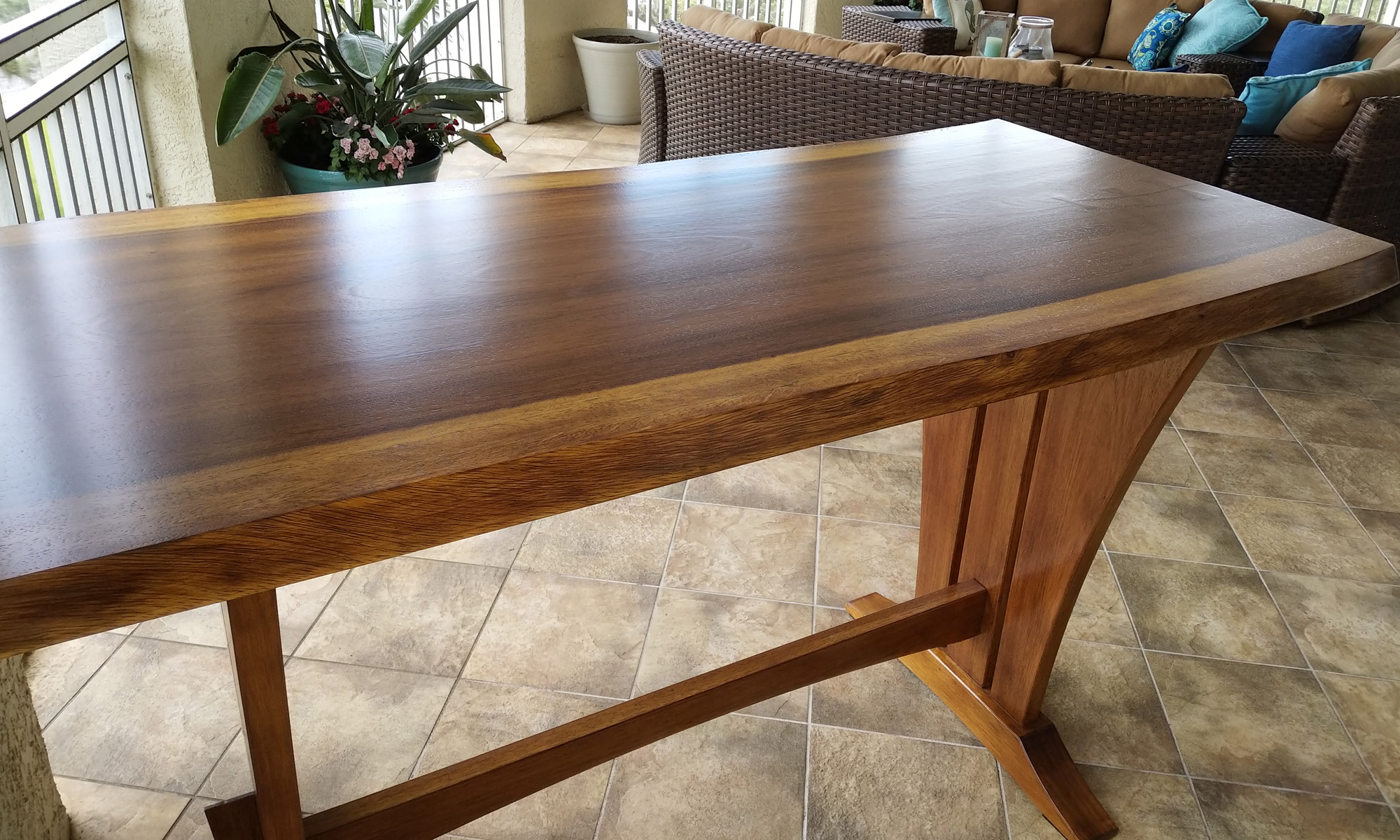During my demonstration at the Symposium in Tampa I showed a couple variations of my cast and threaded pewter collars for a hollow form. One that seemed to generate a lot of interest is shown in the image below. I thought I would share the details on how I make this collar. It is a very simple technique and allows you to cast the texture directly so that the topside of the collar does not need to be turned. The technique gives you a very organic texture and the collar, because it is not perfectly round, has a natural edge look to it.
The first step is to create the wooden mold. I made this one on the lathe using dry maple and simply drilled a 3/8″ deep hole with a 2 1/4″ Forstner bit. Then you will need to raid the kitchen for some aluminum foil.
Tear off a piece of the aluminum foil and fold it double. Then crunch it up so it is all wrinkled. Carefully open it up and line the mold with it, trying not to smooth out all the wrinkles. You don’t need to get it to form fit the mold, all you are trying to achieve is a general dished shape.
Pour the molten pewter directly onto the aluminum foil, wait for it to cool and then …
… pop the textured collar out from the aluminum foil. At this point you can mount it on the lathe in a chuck and drill and tap the threads. Then sand the top surface of the collar with some steel wool before applying a patina and then sanding again with steel wool.
The image below shows a detail shot of a similar collar in a suspended hollow form.











